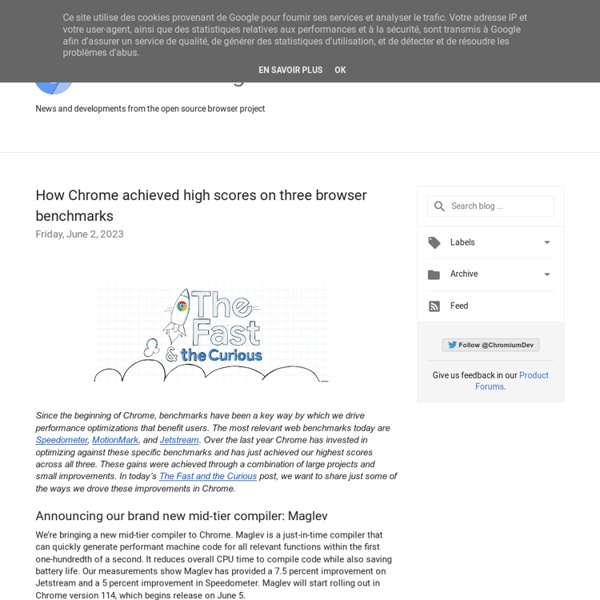



Pale Moon - portable! You can now take Pale Moon anywhere with you! You've enjoyed Pale Moon at home, or at the office. You've wondered if you could use it elsewhere: in a library, on a public computer, in a cybercafé... You need something portable, that is as simple as plugging in your USB stick and running your favourite browser, with all your bookmarks and passwords at your fingertips? Then here is the answer: Pale Moon Portable! Following the trend of other browsers, I have created a portable installation, which, thanks to winPenPack's X-launcher that the portable launcher is based on, is completely self-contained. Note: portables are not meant to have file/URL associations with the desktop. How do I use this? Three simple steps: Download the Pale Moon Portable file (below) Extract the contents of the file to your USB stick in a folder of your choice:Run the .EXE file and tell it where to unpack Run palemoon-portable.exe (not palemoon.exe) in the location you unpacked to That's it!
Safari CSS Reference: Introduction to Safari CSS Reference You can use Cascading Style Sheets (CSS) in conjunction with HTML-based web content to fine-tune the style of the content. The goal of CSS is to separate the structure provided by HTML from the style provided by CSS. Taking style information out of the structure allows designers to independently tune a page’s style for a variety of audiences and readers (such as desktops, hand-held devices like iPhone, and text-based browsers). All Safari web browsers use the WebKit engine to display webpages. This document is not intended as a comprehensive specification. You should read this document if you are creating web content for any version of Safari or any other WebKit-based application such as Dashboard. Organization of This Document This document contains the following articles: “Explanation of Terms” explains terminology used in this reference. See Also There are a variety of other resources for Safari web content developers in the ADC Reference Library.
Google Chrome Blog Hovav Shacham: Return-Oriented Programming Joint work with By Erik Buchanan, Ryan Roemer, and Stefan Savage. Given at Black Hat USA 2008 Briefings. Aug. 2008. Abstract We describe return-oriented programming, a generalization of return-into-libc that allows an attacker to undertake arbitrary, Turing-complete computation without injecting code. New computations are constructed by linking together code snippets that end with a “ret” instruction. W^X and DEP, along with many other security systems, make the assumption that preventing the introduction of malicious code is sufficient to prevent the introduction of malcious computation. On the x86 one can obtain useful instruction sequences by jumping into the middle of intended instructions, but return-oriented programming is possible even on RISC platforms that are very different from the x86. Material talk slides at Black Hat (PDF). See Also Navigation: Hovav Shacham // Publications // Black Hat 2008
The Pale Moon Project homepage CSS support chart This page lists supported CSS selectors , properties , @-rules , Media queries and values in alphabetical order. The "supported since" column indicates the Gecko version number in which support was introduced; versions prior to Gecko 1.0 are listed as 1.0. Gecko is the rendering engine used in Firefox and other applications; please see Gecko for more information about Firefox and Gecko version numbers. The "specification" column links to one of the specifications in which the feature was first specified. Mozilla CSS extensions (those prefixed with -moz- ) are mentioned in the "Notes" column to provide bug numbers and other hints regarding CSS support. Warning: Various specifications are still Working Drafts and several properties can be deleted, changed or renamed. If you think you have found a bug in Mozilla's CSS support, please create a minimal test case and file a bug . This chart refers to the CSS 2.1 Specification and current drafts by the CSS Workgroup . Selectors Properties @-rules
Chrome Releases Anatomy of a hack: 6 separate bugs needed to bring down Google browser (Updated) An exploit that fetched a teenage hacker a $60,000 bounty targeted six different security bugs to break out of the security sandbox fortifying Google's Chrome browser. The extreme lengths taken in March by a hacker identified only as Pinkie Pie underscore the difficulty of piercing this safety perimeter. Google developers have erected their sandbox to separate Web content from sensitive operating-system functions, such as the ability to read and write files to a hard drive. Pinkie Pie's attack came during Pwnium, a contest that awarded $60,000 prizes to hackers who successfully broke out of the protective barrier by exploiting only vulnerabilities residing in code that is native to the Google browser. According to technical details Google published Tuesday, Pinkie Pie's odyssey began by exploiting a bug in a prerendering engine that helps Chrome work faster by gathering clues about webpages before they're loaded.
Home | Chromium Portable /* Position Is Everything */ — Modern browser bugs explained in detail!